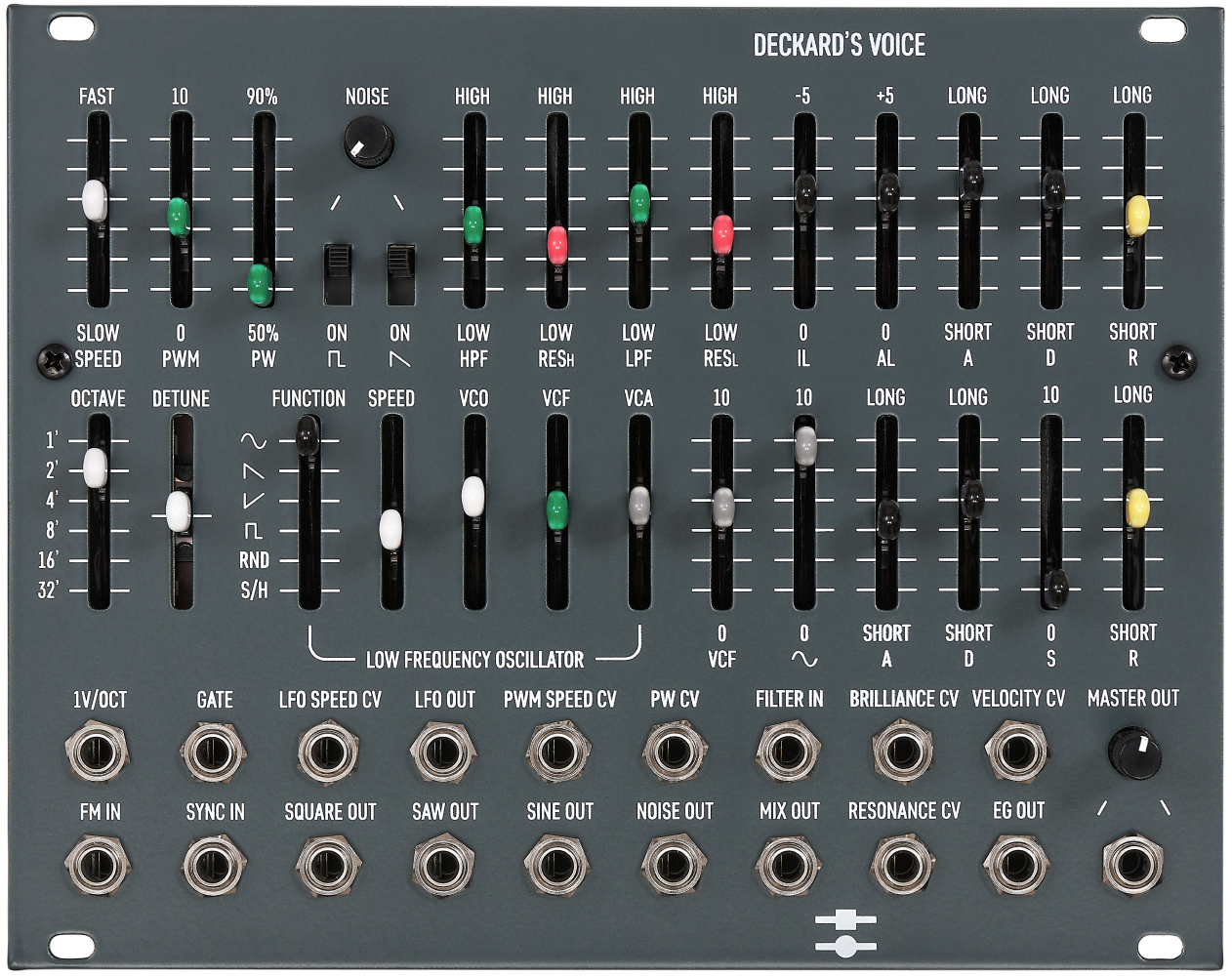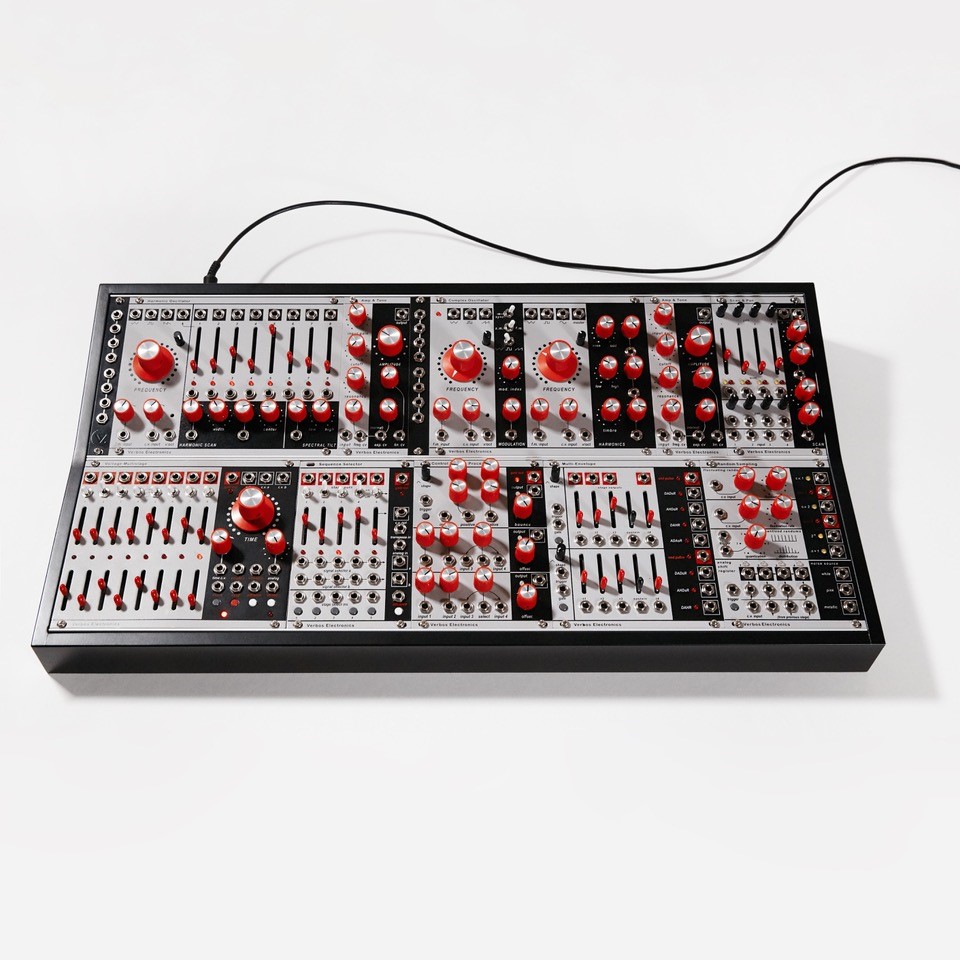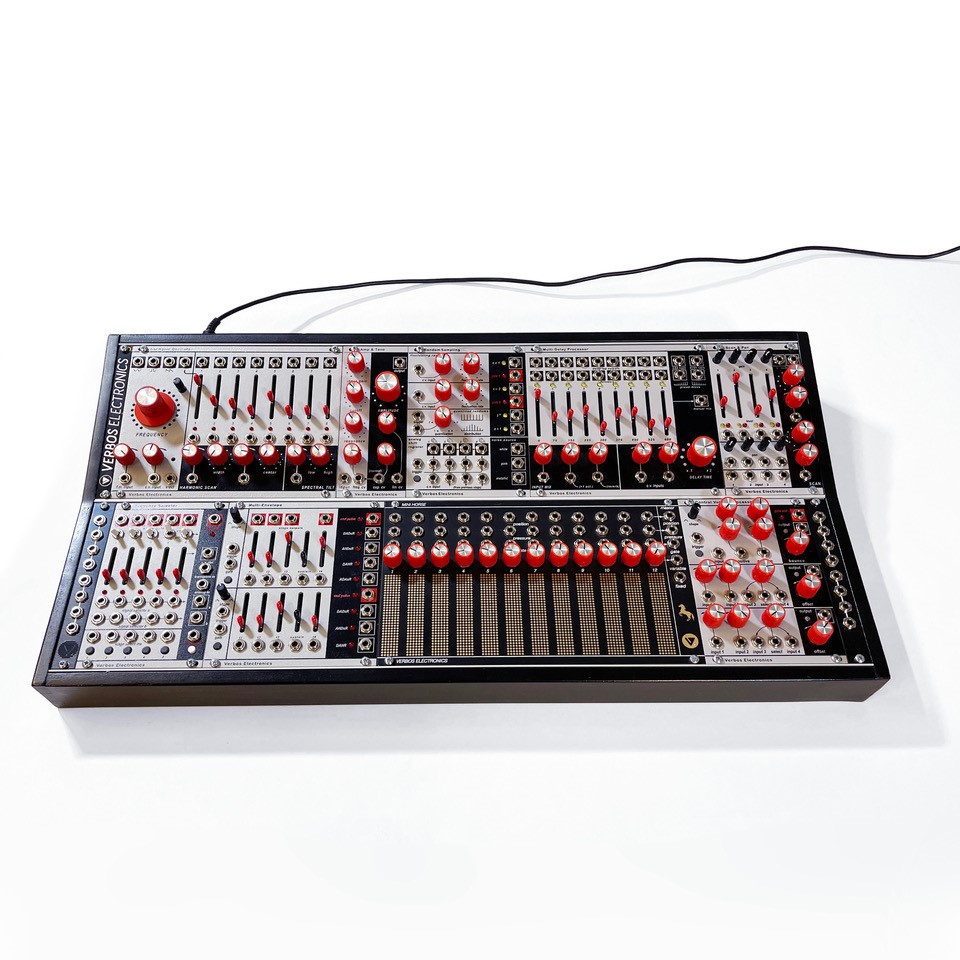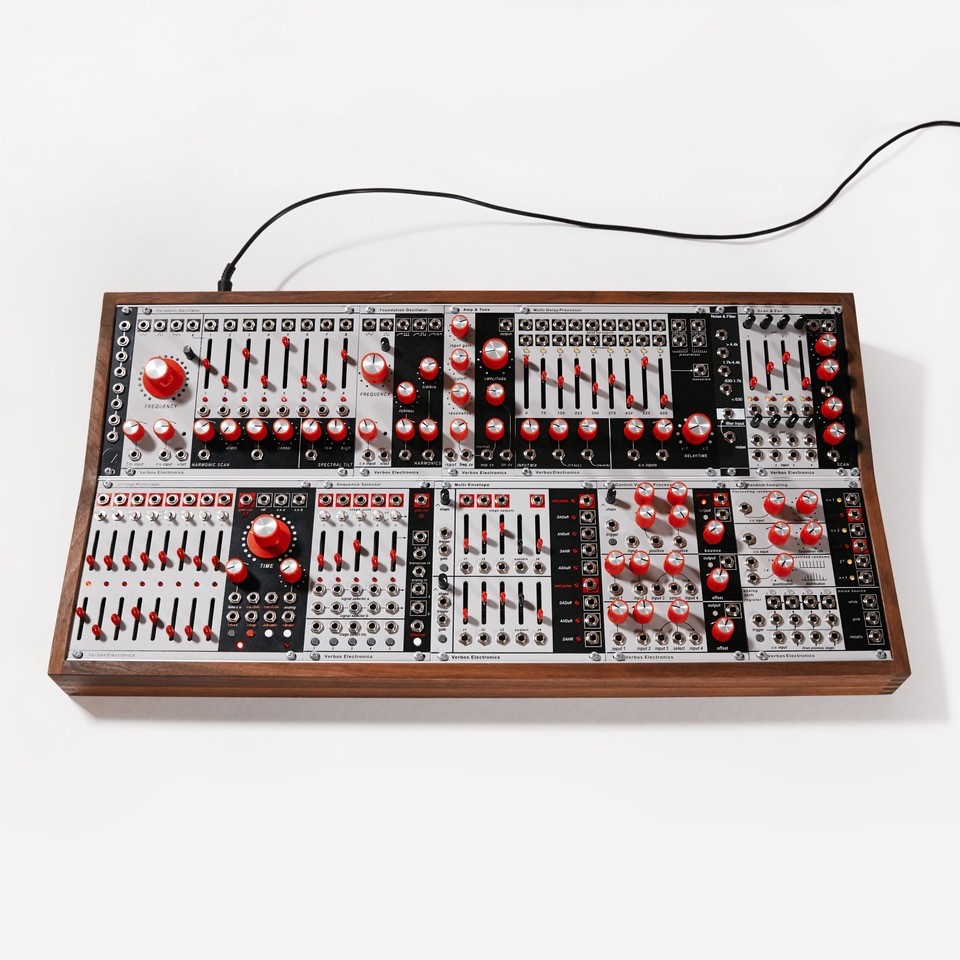Newsletter
News
Server Downtime
Dear customers, friends and partners,
Our email sever and database is back up running now, 24th of February, 2021.
Thanks for your patience while we answer your emails, please avoid asking for an update until tomorrow should you not hear back from us today.
With kind regards,
The Alex4 Team
Black Corporation Deckard's Voice
We are happy to announce that Black Corporation Deckard's Voice is available now!
Black Corporation Deckard's Voice eurorack module is an entry level semi-modular synth for eurorack systems. Sharing the same paradigm and circuit as its bigger brother Deckard's Dream, trimmed down for eurorack and supplemented with the flexibility available only in a modular format.

New Touellskouarn products
Two new products are now available from Touellskouarn: Koantenn and Amplaer Red Elektrek.


The Koantenn is a versatile overdrive/resonant filter pedal with CV input. The Amplaer Red Elektrek is a stereo tube headphone amp with balanced dual mono 6.35mm jack outputs and 3.5mm stereo headphone output. Both use high quality components and are manufactured entirely in France.
Verbos Electronics Configurations
Verbos Electronics is now shipping three different configurations of their modules in their own custom designed case. All three are 208 HP, ultra thin (4 cm tall at the front), professionally powered (1.66A per rail) and available in black or wood grain finish. A starter cable set and a stack of patch note documents in included with each.
Intended for users who perform live, the Performer Configuration has a collection of modules allowing live patching of multiple voices. The Designer configuration is intended for atmospherics, drones, sound design. The inclusion of a Mini Horse, Multi-Delay and Random Sampling allows deep, rich and evolving sounds to be performed. Evolving the idea from the Performer configuration to be more suited to use in the studio, the Producer configuration turns the focus to single more involved voice.



Alex4
Alex4 Distribution GmbH
Lessingstr. 98, 100 – Haus 11
13158 Berlin
Germany
www.alex4.de
Tel +49(0)30 - 61 65 100 40
Fax +49(0)30 - 61 65 100 49









